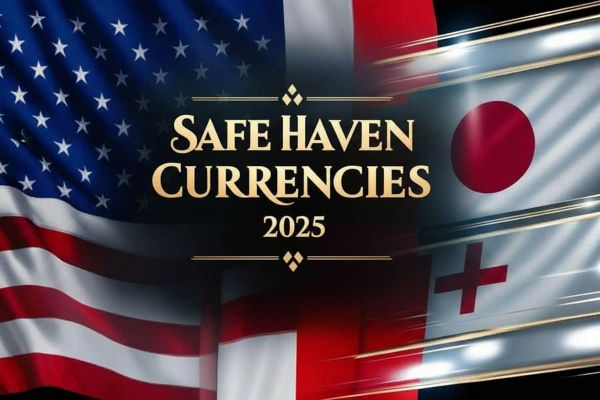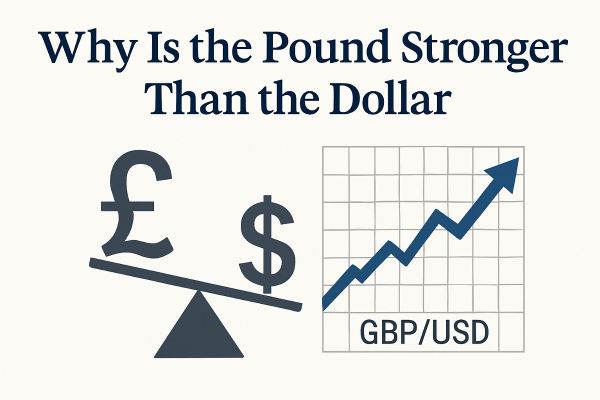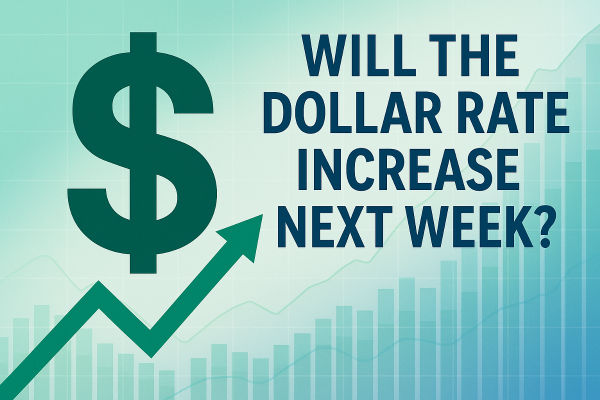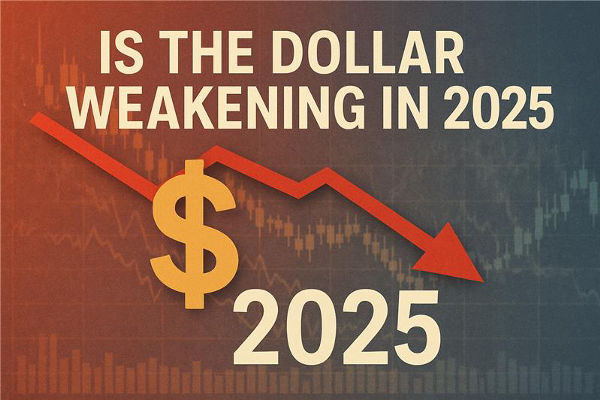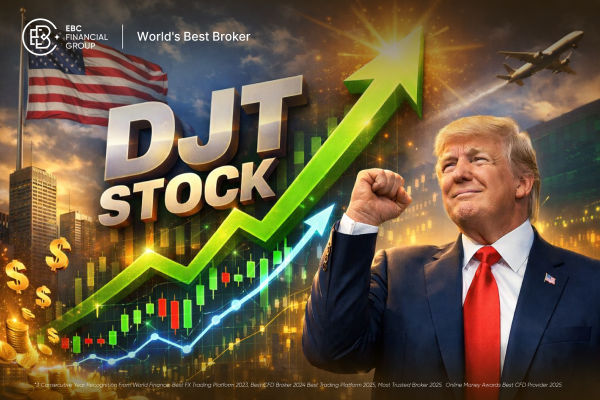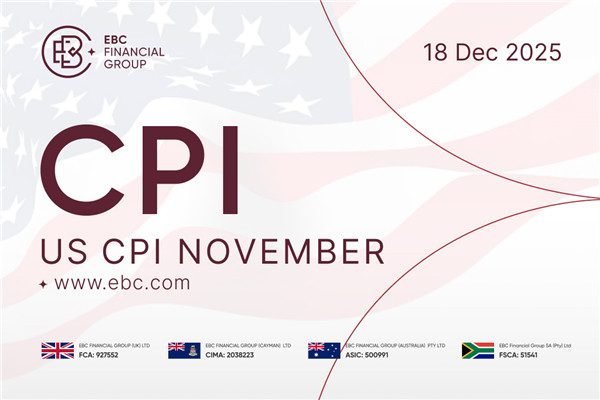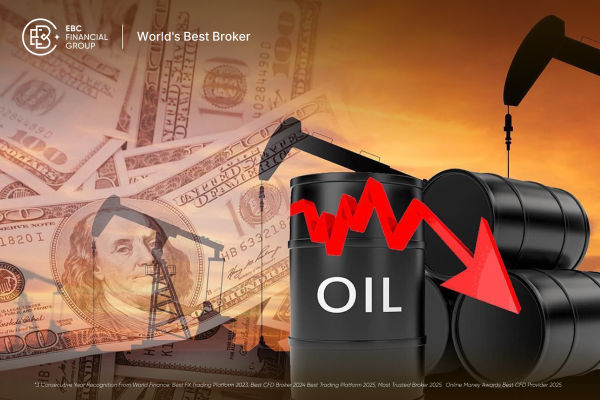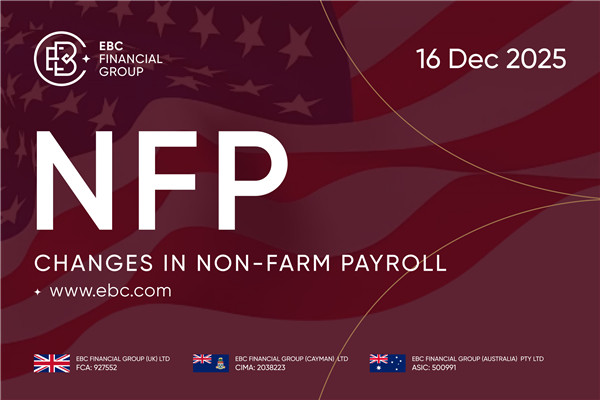A sharp and sustained decline in the U.S. dollar can disrupt global financial markets, erode purchasing power, accelerate inflation, and destabilise trade flows.
With growing concerns over the dollar's weakening standing, rising U.S. fiscal deficits, trade tensions, and erosion in policy credibility, investors are looking to diversify beyond traditional dollar-dependent holdings.
Here are ten assets considered likely safe havens if the U.S. dollar suffers a sustained decline.
What to Own When the Dollar Collapses? Safe-Haven Assets to Consider
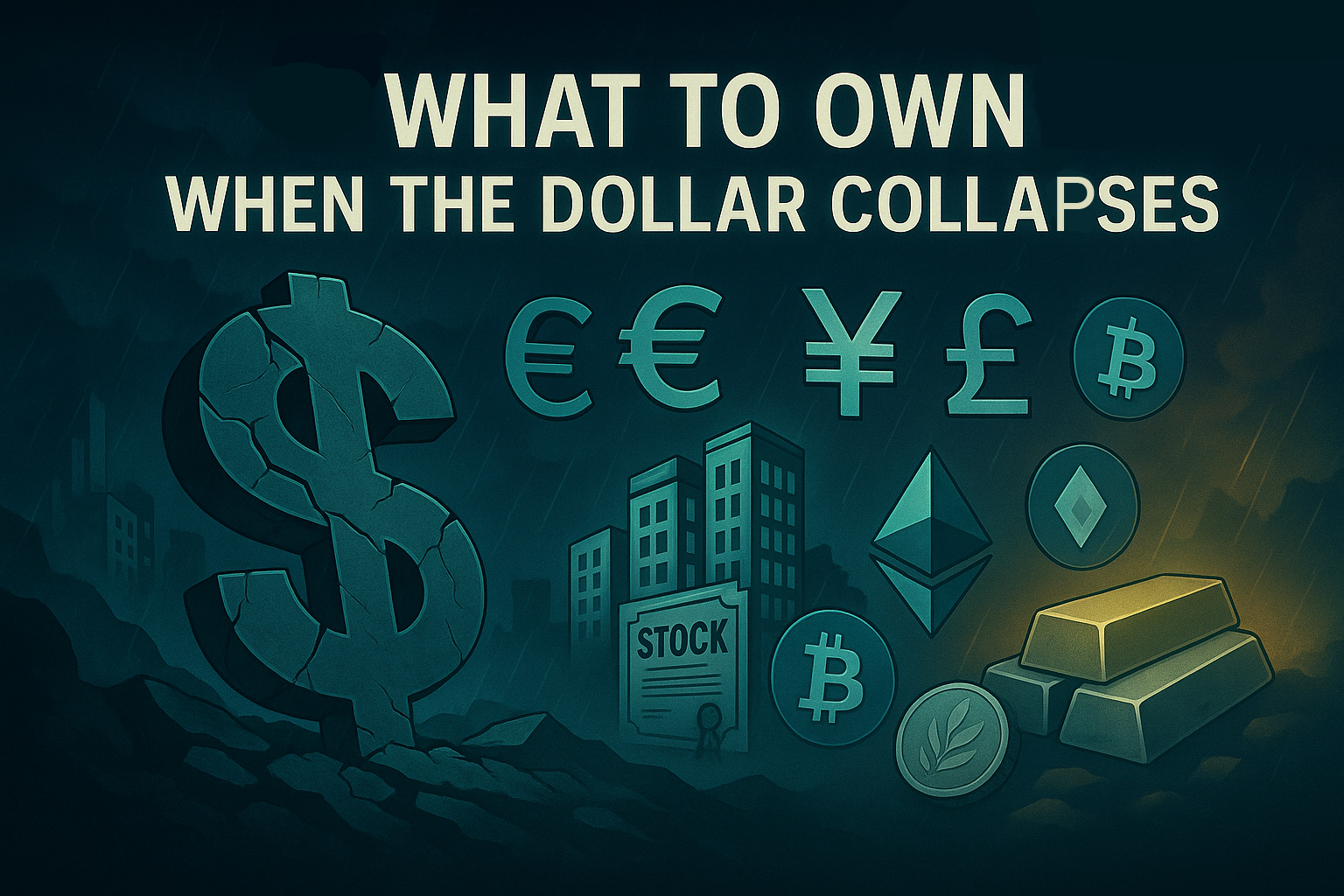
1. Gold: The Classic Hedge Against Dollar Meltdown
Gold remains the premier safe-haven asset. In 2025, the yellow metal surged substantially as of late November, spot gold is trading around US $4,150-$4,230/oz, driven by geopolitical tensions, fading confidence in U.S. policy, and heavy central bank buying.
For example, gold imports into ETFs soared as SPDR Gold Shares attracted $8.5 billion in inflows in 2025 alone, compared to just $366 million in 2024.
Despite short-term profit-taking, analysts assert that any decline is minimal, as gold remains in robust demand amid increasing tariffs and global uncertainty. As gold is physical and cannot be printed, it preserves wealth when fiat currencies depreciate.
2. U.S. Treasury Bonds: Government Bonds in a New Light
U.S. Treasury securities are typically the bedrock of safe‑haven protection. Yet in 2025, with rising yields and inflation risk, their effectiveness is under scrutiny.
Nonetheless, in a scenario of a dollar collapse where falling interest rates are expected, Treasury bonds would likely regain value as yields decline, and investors seek liquidity or capital preservation.
3. Japanese Yen (JPY): Asia's Financial Safe Haven Currency
The Japanese yen often strengthens when the dollar collapses, especially amid cross-asset selloffs. Japan's deep capital markets, global trade surplus, and status as a low-yield currency make it attractive during crises.
According to analysts, in 2025, the euro, yen, and Swiss franc have all appreciated against the dollar even as U.S. equities fell, signalling a structural shift away from dollar dominance.
4. Swiss Franc (CHF): Stability in Political Neutrality
The Swiss franc is a reserve-grade currency valued for its stability, supported by Switzerland's political neutrality and robust banking system.
When global capital flees dollar risk, CHF often benefits. In 2025, its use as a safe haven climbed as investors questioned the dollar's reliability.
5. Euro (EUR): Diversified Reserve Alternative
Though not as safe or liquid as USD, the euro serves as a major reserve currency. During the dollar's recent weakness, the euro rose as investors increasingly hold euros to diversify away from dollar concentrations.
6. Swiss and German Bunds (Foreign Govt Bonds)
In addition to U.S. Treasuries, government bonds from strong euro-zone countries such as Germany and Switzerland provide diversification during a dollar crash. Bunds benefit from strong credit, political stability, and deep liquidity, offering investors a hedge outside U.S. jurisdictions.
7. Defensive Stocks & Consumer Staples
Defensive stocks such as firms in consumer goods, utilities, and healthcare typically perform better during equity declines and currency pressures.
Businesses like Walmart, Costco, and major utilities often maintain earnings regardless of economic cycles, providing relative safety when equities crash.
8. Real Assets & Commodities Beyond Gold
 Assets such as commodities (silver, platinum, base metals) and inflation-adjusted products can serve as safeguards against inflation and currency depreciation.
Assets such as commodities (silver, platinum, base metals) and inflation-adjusted products can serve as safeguards against inflation and currency depreciation.
As of late November 2025, spot silver is trading around US $53~$56/oz, up around 30 -40% in 2025. While industrial demand has slowed, its use as a store of value has returned: some analysts suggest silver gains more during stagflation scenarios.
9. Central Bank Reserves / Physical Sovereign Gold Holdings
As central banks increasingly diversify reserves away from the dollar, holdings of gold, euros, and yuan (albeit limited by convertibility) act effectively as safe-haven assets.
Emerging markets in China and Turkey are among those accumulating gold at elevated rates with net central-bank gold purchases remaining strong; by end-Q3 of 2025, around 634 tonnes have been added.
10. Cryptocurrencies (Bitcoin) – Digital Speculative Hedge
Despite being debated as a safe haven, Bitcoin has occasionally increased in value during U.S. policy upheavals or periods of uncertainty. Nonetheless, research indicates that its role as a safe haven is not supported.
The extreme volatility and speculative characteristics of crypto render it a risky hedge rather than a primary safe-haven asset, although some investors designate a small fraction as digital insurance.
Macro Drivers Behind Safe-Haven Demand in 2025
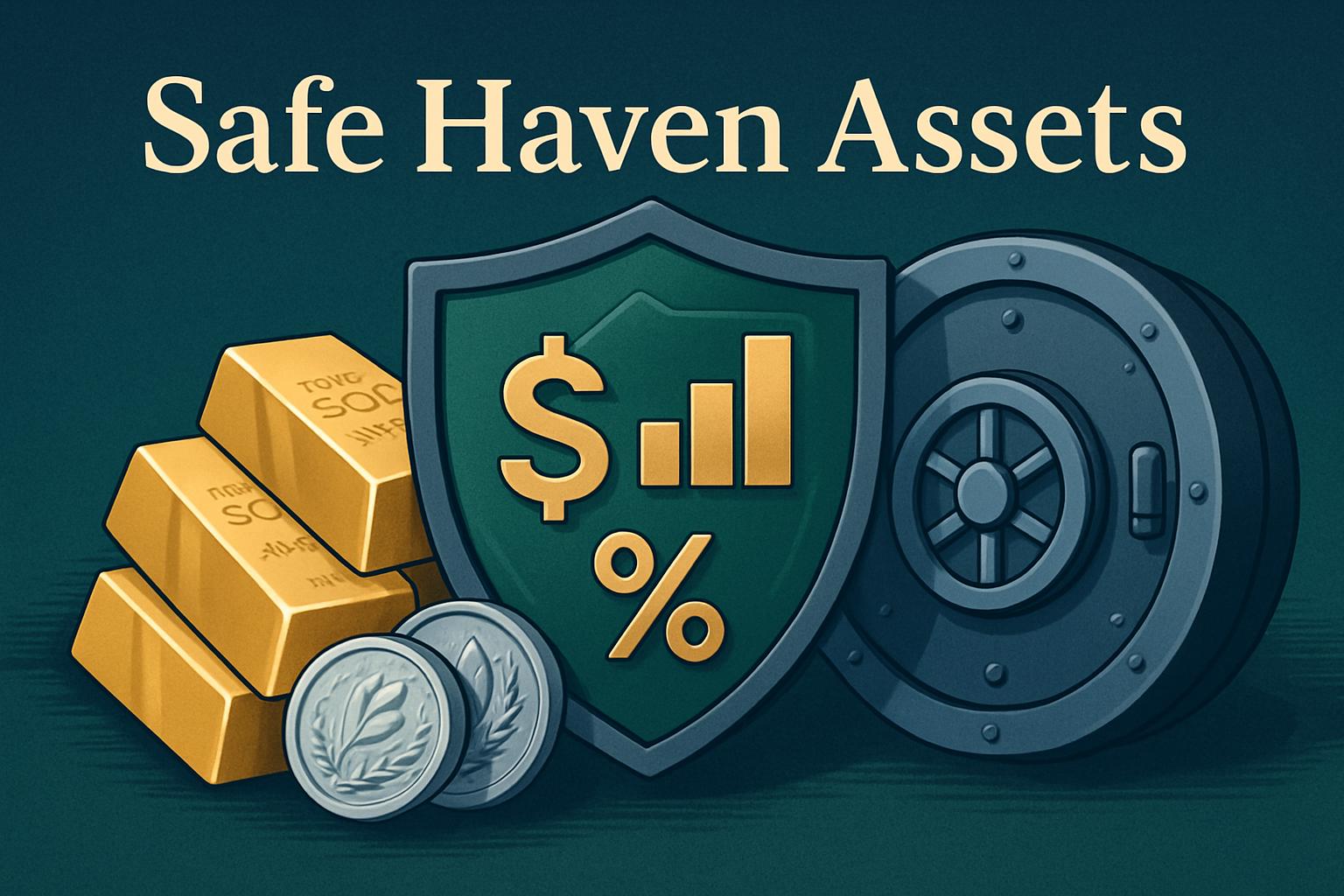
1. Dollar losing status
In 2025 the U.S. dollar has undergone one of its steepest slides in decades; the broad dollar index fell by roughly 10 -11% in the first half of the year, its largest mid‑year drop since the floating‑rate era began.
This weakness coincided with episodes in which both U.S. equities and the dollar fell simultaneously, a divergence from the historical pattern in which the dollar typically strengthened during risk‑off events.
The shift reflects structural doubts about U.S. fiscal and monetary stability, notably rising debt levels and questions over long‑term dollar credibility.
2. Trade and geopolitical shocks
In 2025, renewed trade policy tensions including tariff escalations and broader uncertainty about U.S. trade strategy have weighed on global trade sentiment and undermined confidence in dollar‑based trade settlements.
As global supply‑chains and trading partners seek alternatives, demand has shifted toward non‑dollar currencies and hard assets, boosting safe‑haven flows into commodities and gold.
3. Policy‑ and credit‑confidence concerns
The behaviour of the Federal Reserve (Fed), including market expectations of aggressive rate cuts in 2025, combined with heavy U.S.
Treasury issuance to fund record fiscal deficits, has undermined confidence in both U.S. interest‑rate stability and the safety of dollar‑denominated debt. In this context, even traditional safe‑havens like the U.S.
Treasuries have lost some appeal. Institutional and retail investors are increasingly reallocating toward real assets, precious metals, and non‑USD investments as a hedge against systemic policy and credit risks.
Long-Term Strategy: Diversifying Beyond Dollar Exposure
| Asset |
Why It Works |
Key Risks |
| Gold bullion/ETFs |
Proven store of value, driven by central bank and ETF buying |
Volatile, no yield |
| U.S. Treasuries |
Liquidity, high credit-quality fallback |
Sensitive to interest rate movements |
| Japanese Yen (JPY) |
Capital flight into low-yield, liquid currency |
BoJ interventions; limited yield |
| Swiss Franc (CHF) |
Political neutrality, strong financial system |
Negative rates; low return |
| Euro (EUR) |
Major reserve currency, diversified exposure |
Eurozone fragmentation risk |
| Bunds / German Govt Bonds |
Alternative sovereign credit outside USD |
Euro-area credit/liquidity considerations |
| Defensive stocks |
Stable earnings through downturns |
Equity sensitivity still exists |
| Commodities / Silver |
Inflation and devaluation hedge |
Industrial cycle risk, less liquidity |
| Central bank gold reserves |
Systemic confidence and portfolio diversification |
Not directly investable by public |
| Bitcoin (crypto) |
Speculative uncorrelated asset |
Extremely volatile, untested in crisis |
A well-constructed portfolio facing a dollar decline scenario might include:
10–20% in physical or ETF gold
5–15% in global sovereign bonds (non‑USD)
Currency exposure in JPY, CHF, or EUR
5–10% in defensive equity positions
2–5% in non-correlated commodities or Bitcoin, if tolerated
Prompt rebalancing, disciplined stop-loss measures, and options hedging (such as USD-JPY puts and gold call spreads) can further enhance resilience.
Conclusion
In conclusion, while the U.S. dollar has historically been the ultimate safe-haven asset, 2025 marks a notable pivot. Declines in the dollar, equity and bond sell-offs signal that investors may now need alternative hedges.
Thus, in a time of possible dollar dominance, diversifying into established non-USD safe havens is not only wise but could be crucial for the sustained preservation of wealth and capital stability.
Disclaimer: This material is for general information purposes only and is not intended as (and should not be considered to be) financial, investment or other advice on which reliance should be placed. No opinion given in the material constitutes a recommendation by EBC or the author that any particular investment, security, transaction or investment strategy is suitable for any specific person.
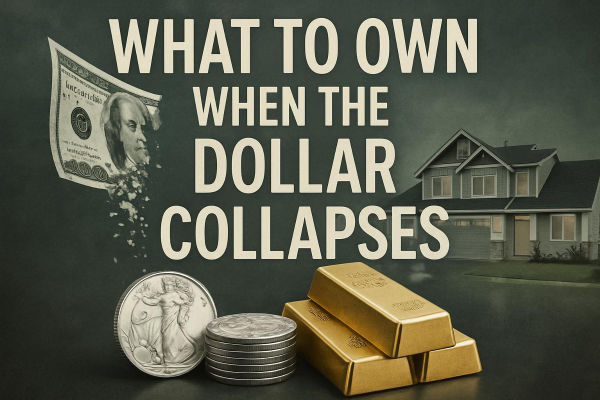



 Assets such as commodities (silver, platinum, base metals) and inflation-adjusted products can serve as safeguards against inflation and currency depreciation.
Assets such as commodities (silver, platinum, base metals) and inflation-adjusted products can serve as safeguards against inflation and currency depreciation.









